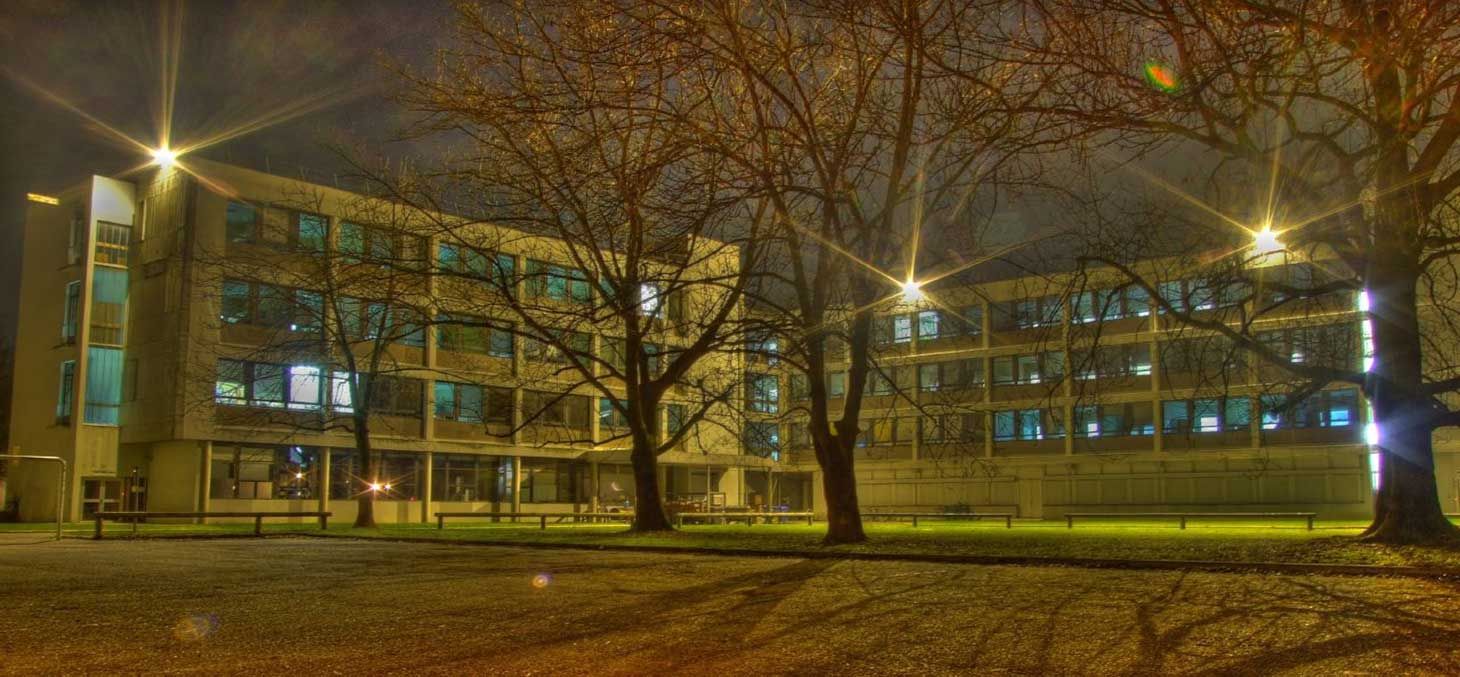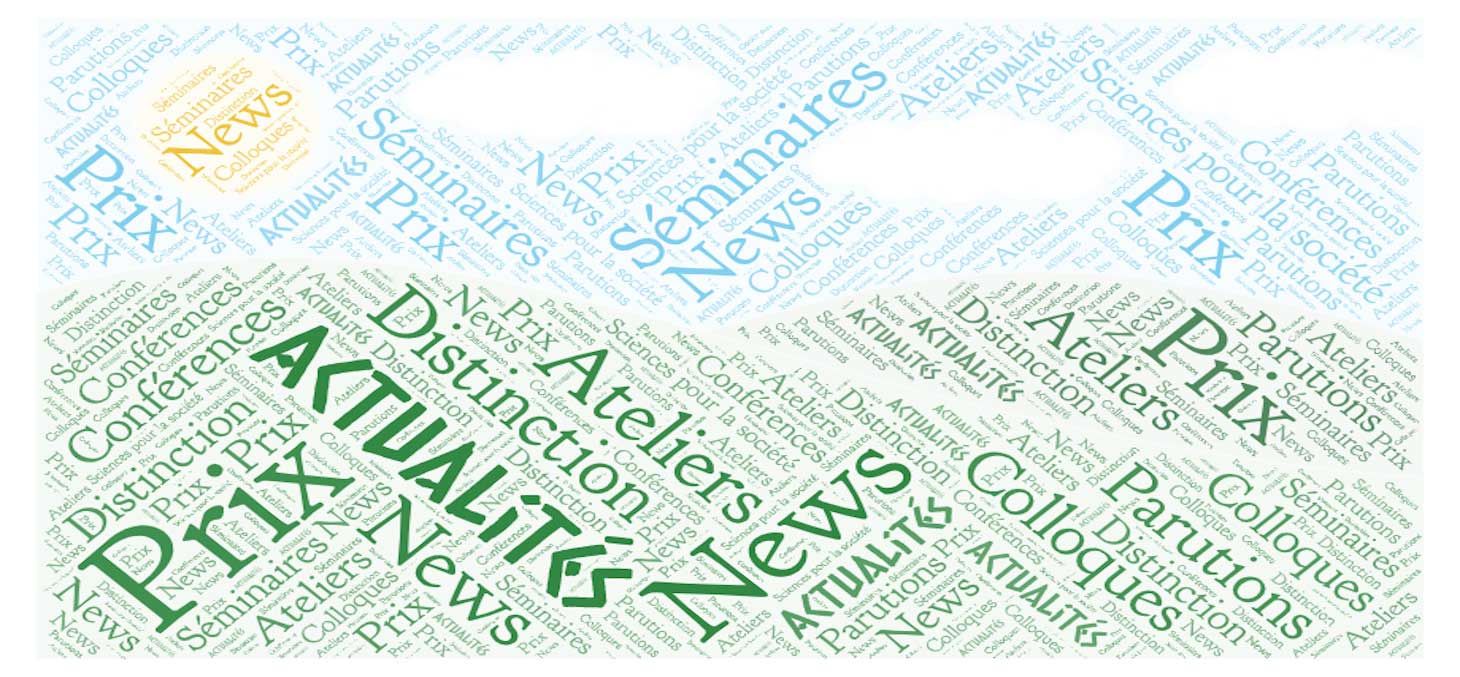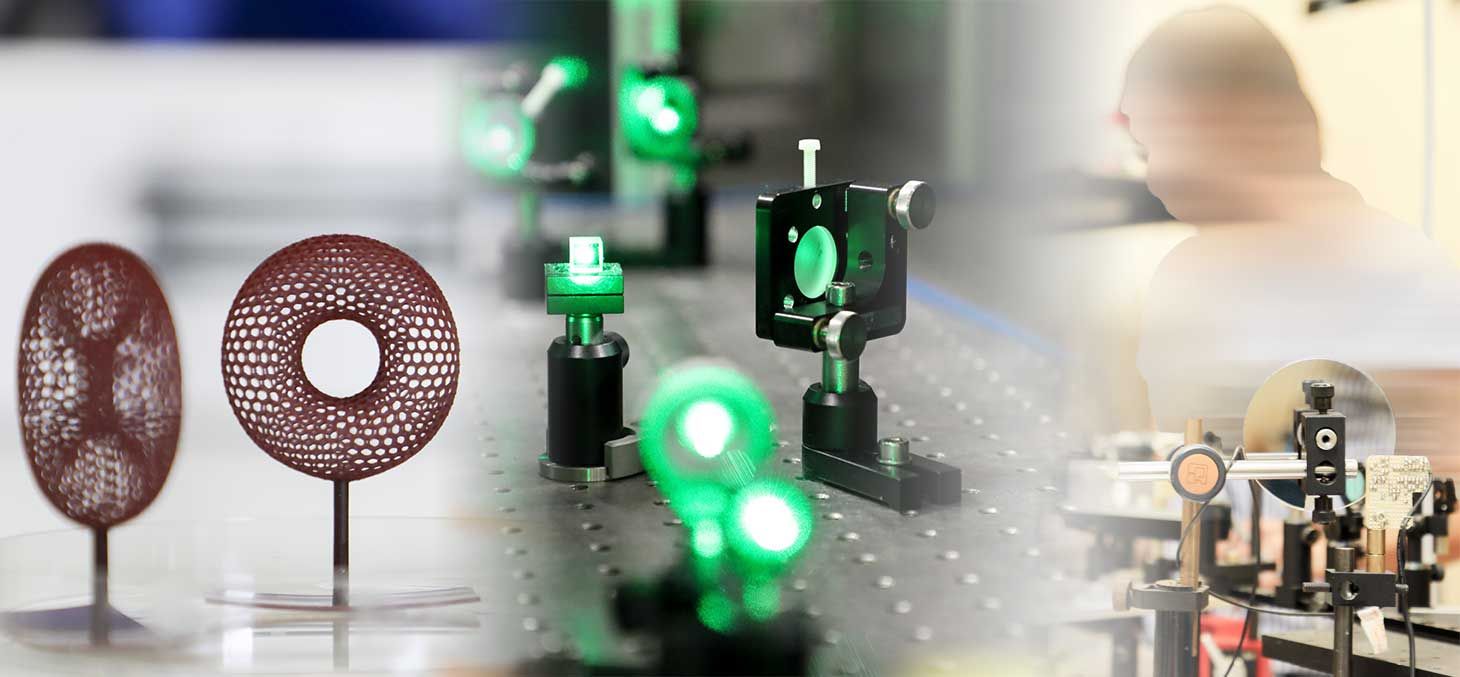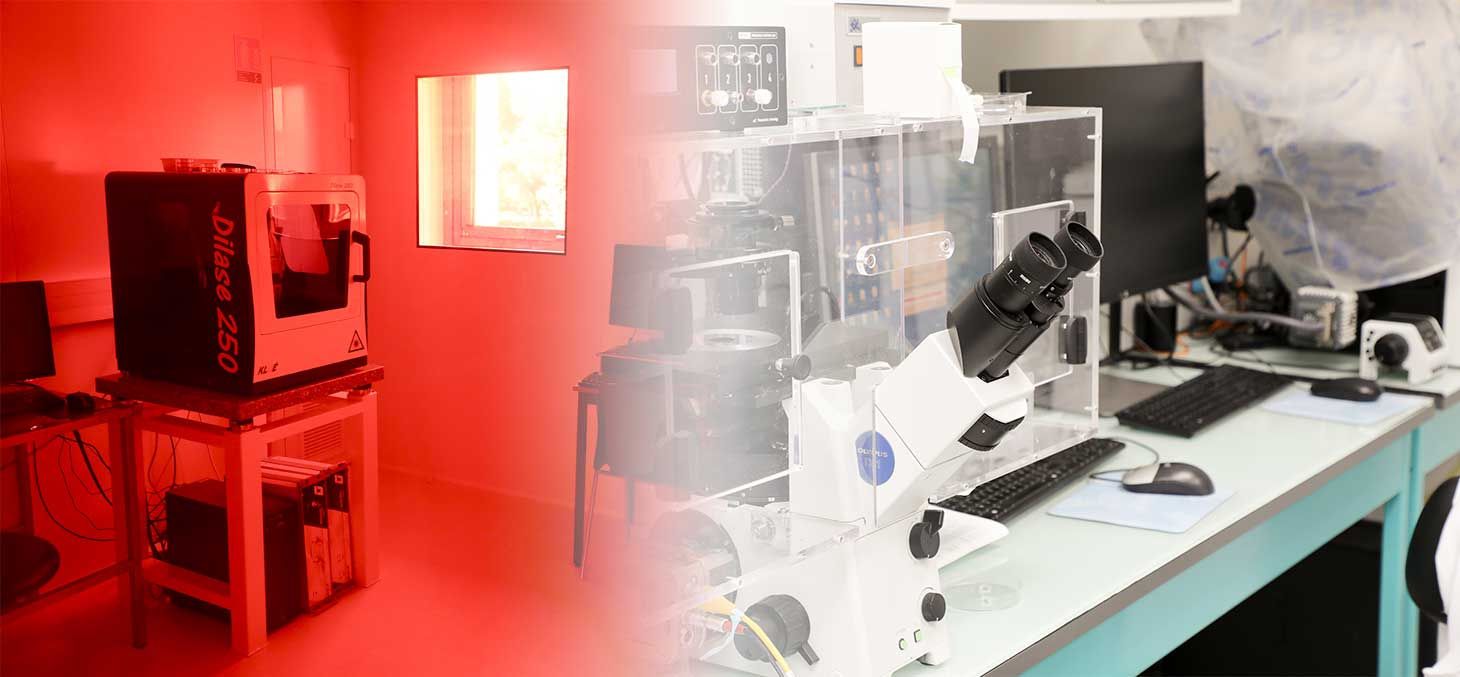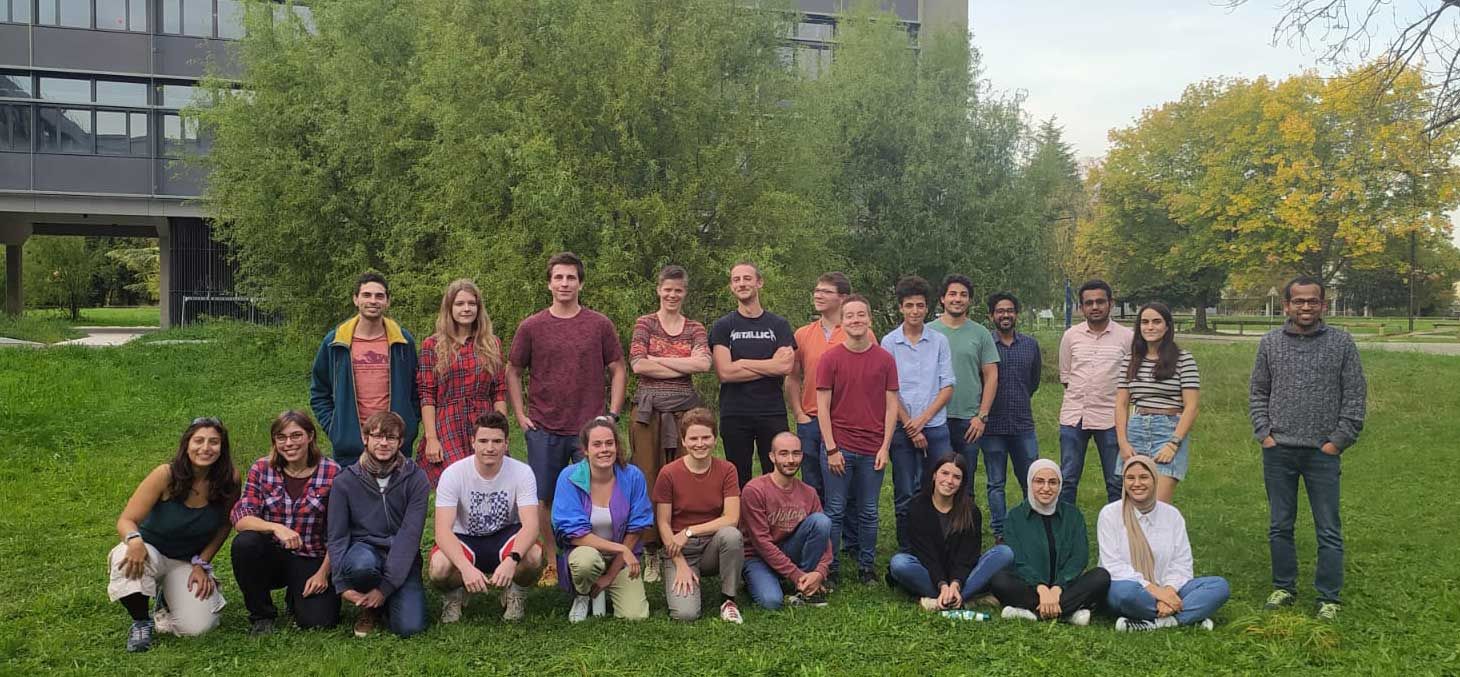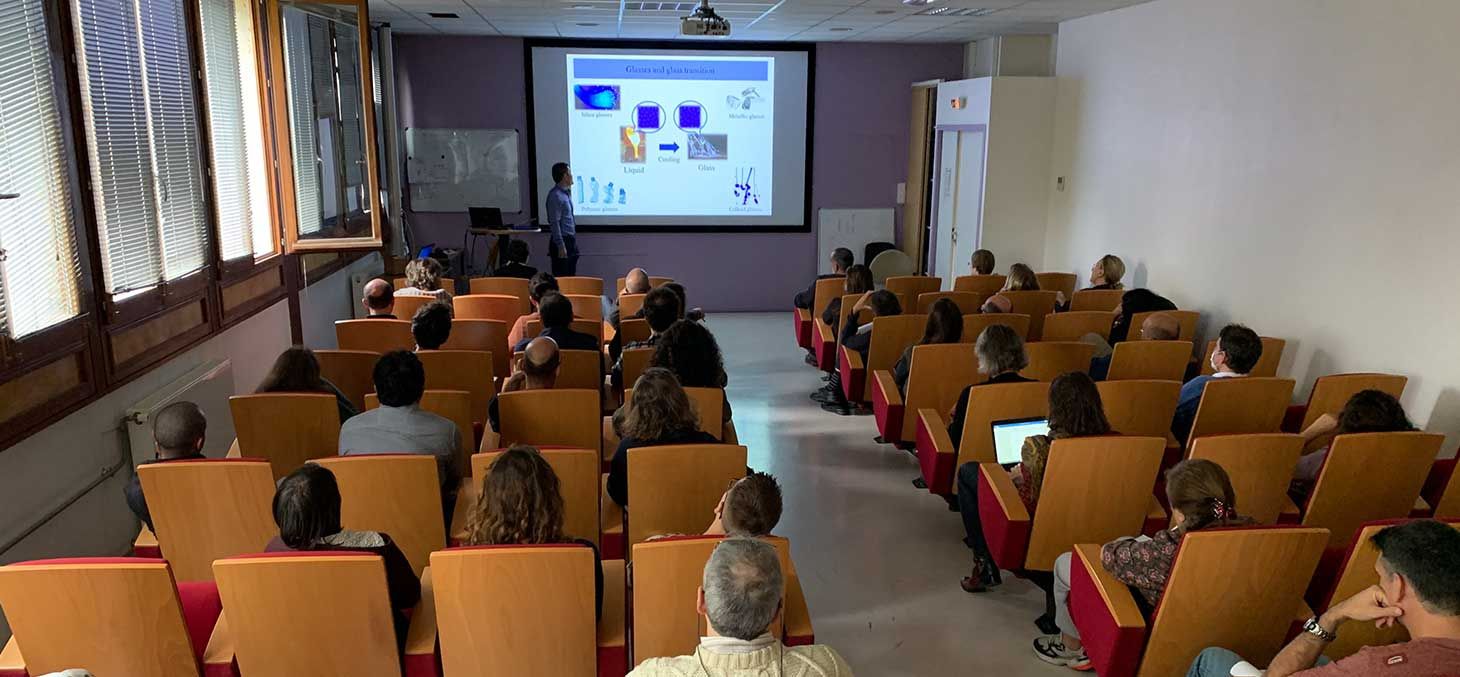Welcome to LIPhy
The laboratory is a joint CNRS/University of Grenoble Alpes unit and is attached to the Physics, Engineering, Materials pole of the university. The laboratory is largely oriented towards the interfaces of physics with other disciplines, in particular life sciences and environmental sciences, mechanics or applied mathematics.
News
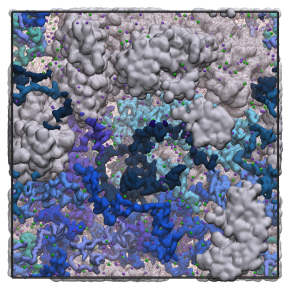
Certain microorganisms such as bacteria have been selected and optimized by evolution to survive and function in extreme conditions, such as high temperatures. A theoretical and experimental study reveals the origin of these adaptation mechanisms and, above all, their limitations.
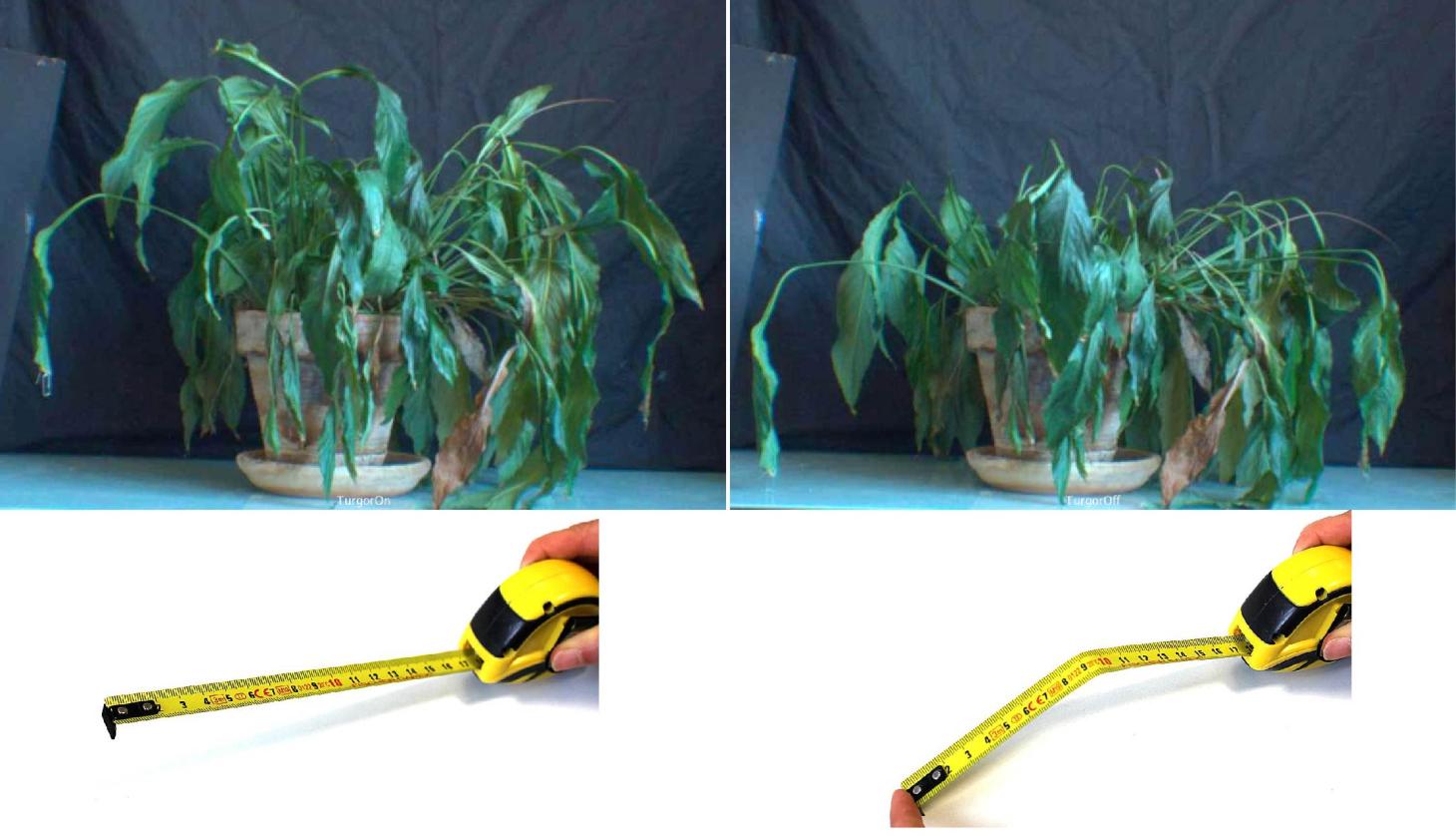
During a period of drought, the content of water in plants decreases. If the effects are not easily visible with trees and other lignified trees, on the contrary, it is very visible on certain plants such as Spathiphyllum, a popular interior plant.
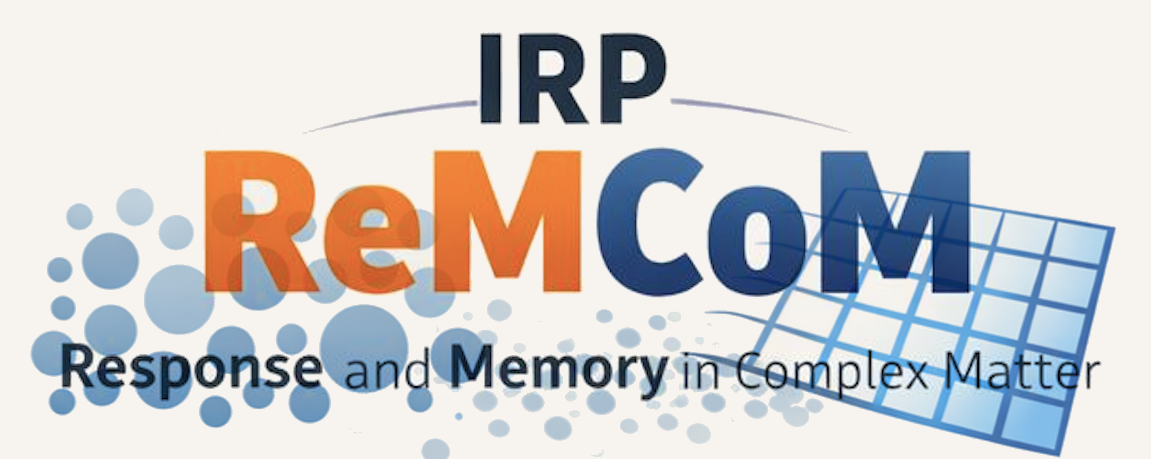
Communiqué
The LIPhy associated with the new International Research Project ReMCoM
On December 12, 2025
The ReMCoM project, led by Kirsten Martens at LIPhy, is one of the International Research Projects (IRP) supported by CNRS Physics in 2025.
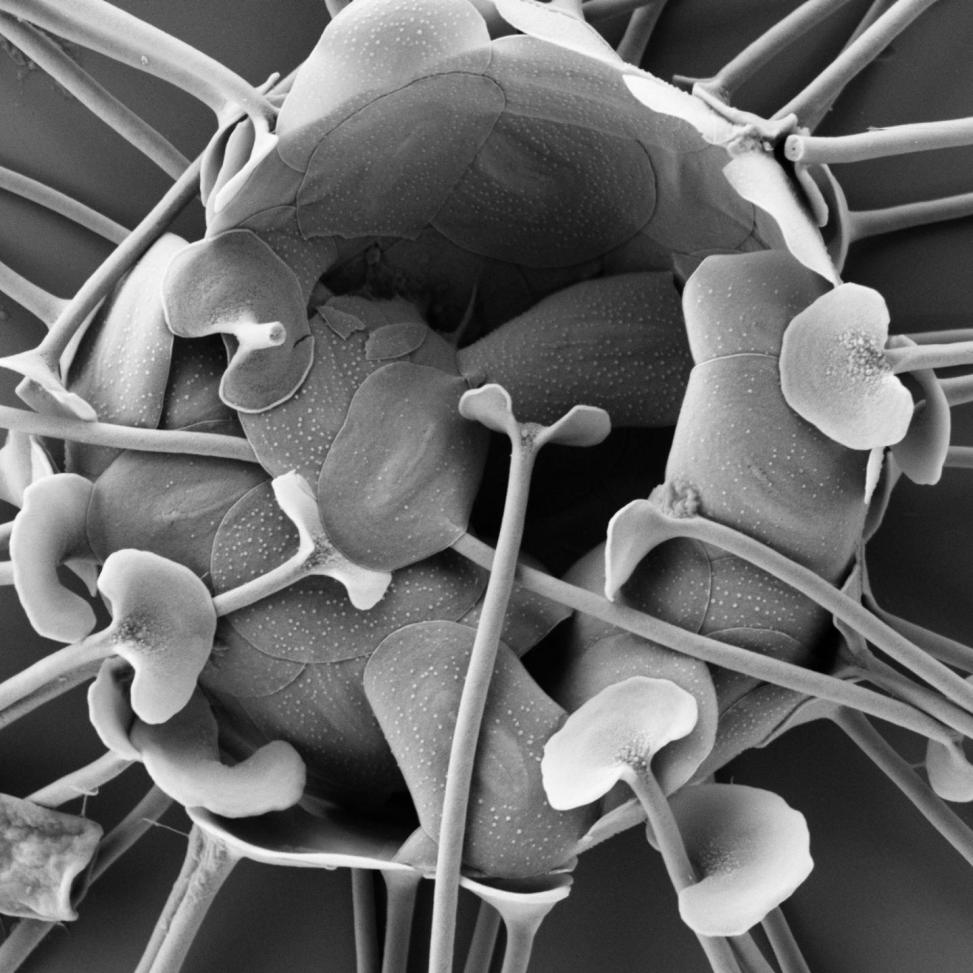
Accolade/Award
LACOSCOPE and NANOFAB win third prize in the ZEISS 2025 image competition
On December 4, 2025
The LACOSCOPE program was recognized in the ZEISS 2025 image competition, winning third prize for an exceptional image of plankton, revealing the complexity and beauty of lake ecosystems.
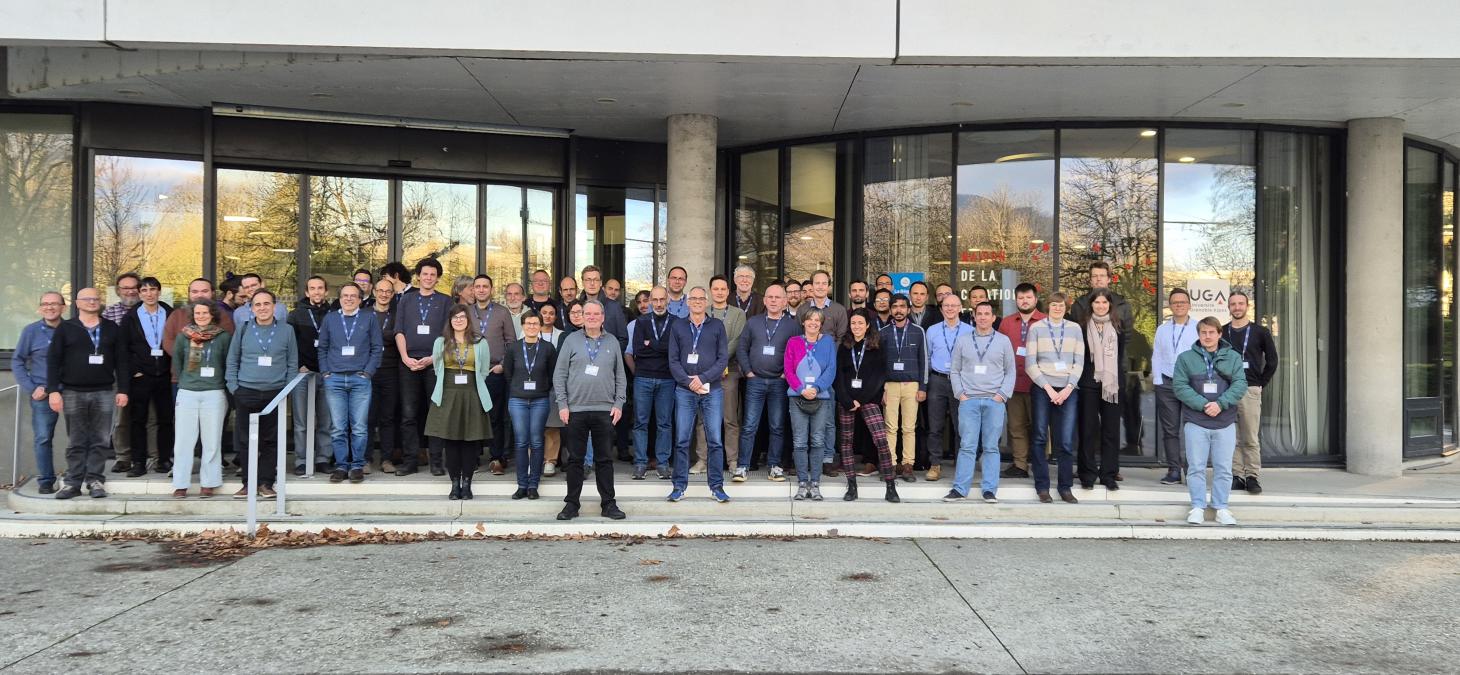
Meeting
General assembly of the REFIMEVE Research Infrastructure
From December 1, 2025 to December 2, 2025
The general assembly of REFIMEVE took place on December 1 and 2, 2025, at MaCI, on the Saint-Martin-d'Hères campus of UGA.

Conference
Active, Adaptive and Autonomous Matter (WE-Heraeus Summer School)
From July 6, 2026 to July 18, 2026
The school explores how living and synthetic active matter communicate, coordinate, and make decisions through physical, chemical and informational cues. Moving beyond contact and hydrodynamic interactions, the school focuses on chemical communication, quorum sensing, and informed active matter—three paradigms linking physics, chemistry, and biology. Emphasis is directed on how chemical signaling shapes collective motion, how cell populations self-organize through density-dependent feedback, and how agents can harness environmental information to optimize their behavior. By bridging active matter physics with biological regulation, the school aims to reveal new principles of organization in complex, living-like systems.
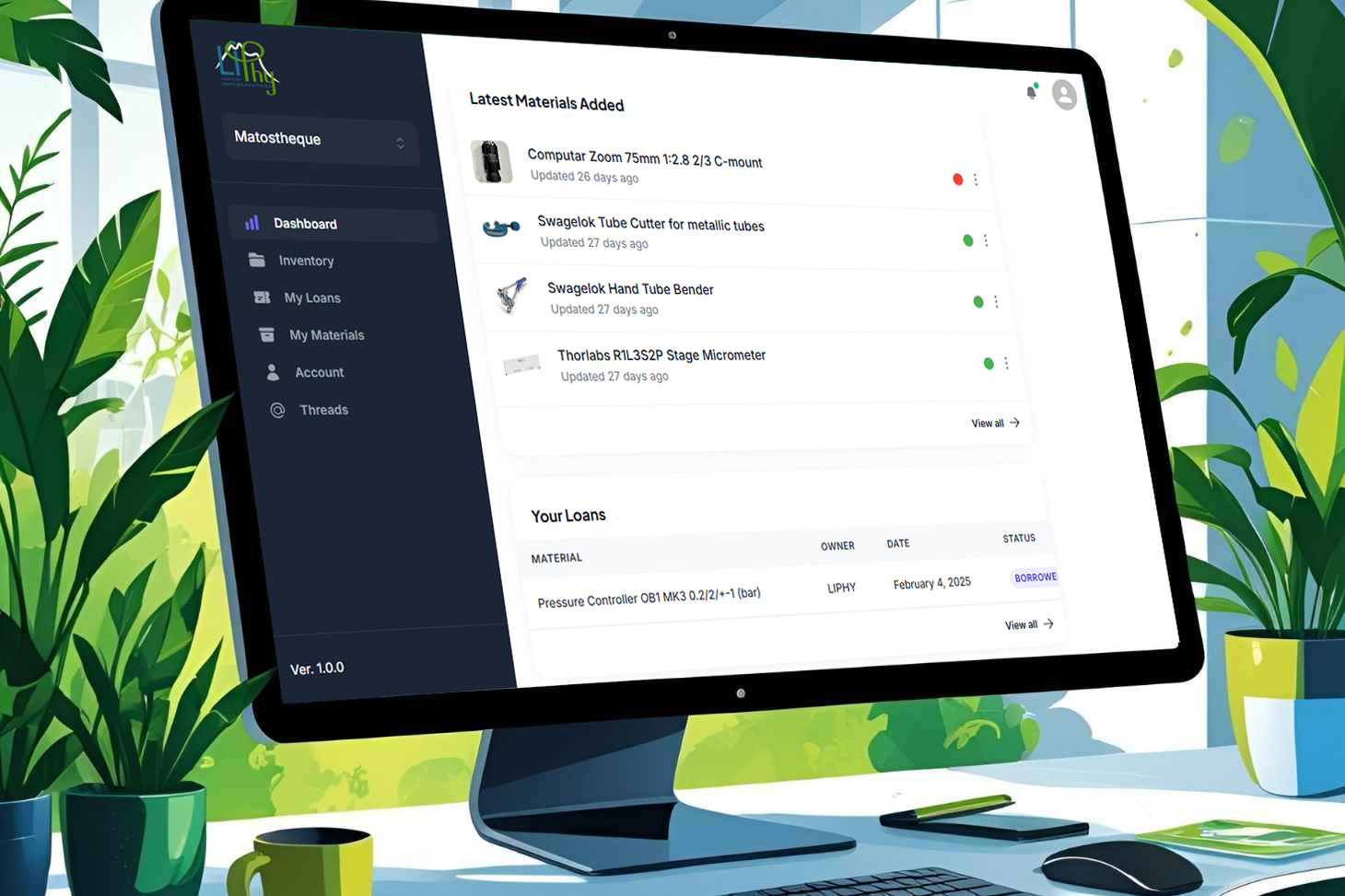
Publication
The Matosthèque, LIPhy's initiative to reduce the environmental footprint of equipment purchases
On September 2, 2025
LIPhy is taking action to reduce the share of equipment purchases in its CO2 emissions! Over the past year, the laboratory has developed and implemented a new digital tool for sharing equipment: the Matosthèque.
Seminars
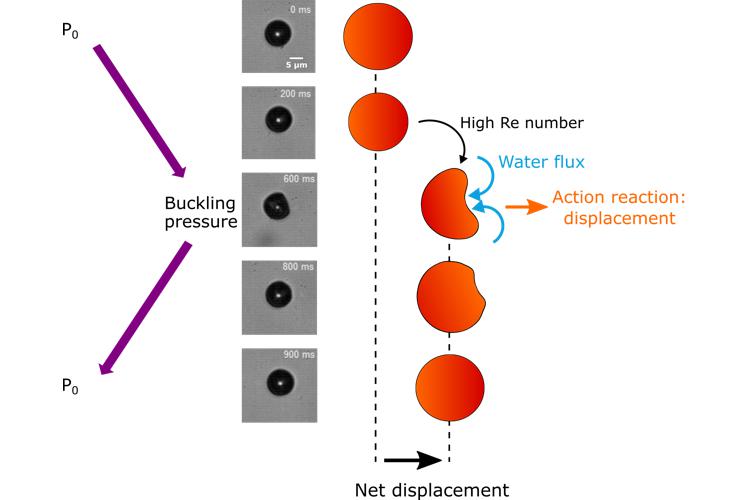
Thesis defence
PhD defence: Movement of a buckling ultrasound contrast agent under low-frequency ultrasound excitation - Andréa Feasson (MC2, LIPhy)
On December 18, 2025
Andréa Feasson (MC2, LIPhy)
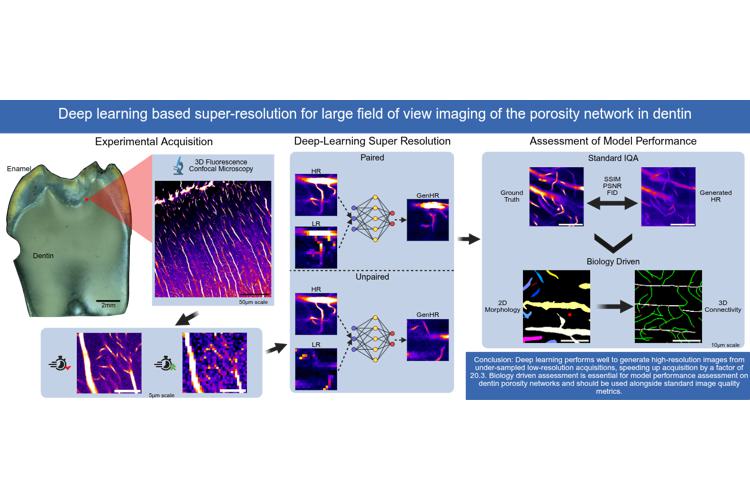
Lauren Anderson (OPTIMA, LIPhy)
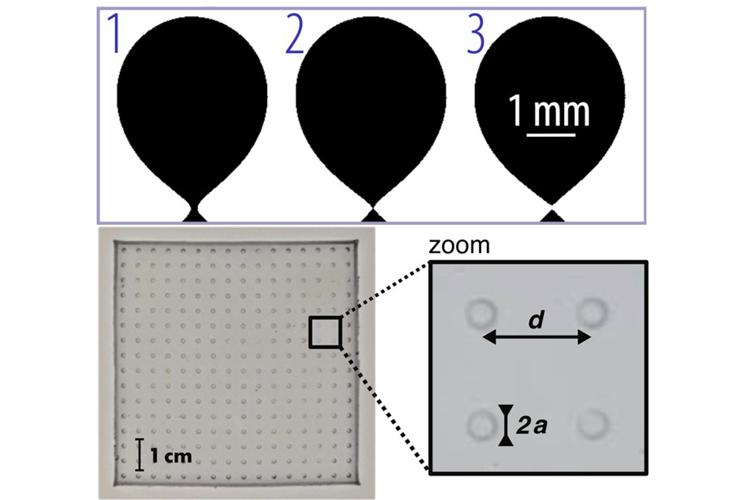
Valentin Leroy (Laboratoire Matière et Systèmes Complexes, Paris)
